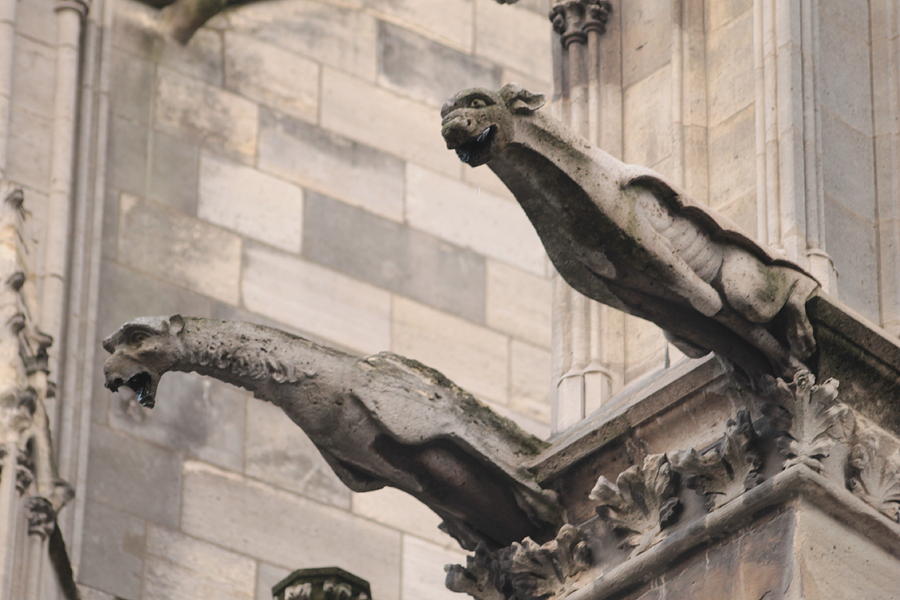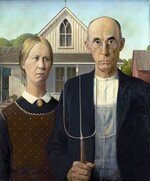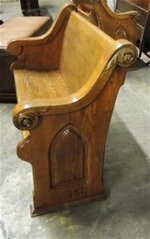S
Sissy
Guest
An old French word that originally had to do with the gurgling of the throat.
It is where our English word "gargle" comes from.
They were most popular as rain gutter spouts for old buildings (churches, castles, etc.)
These spouts diverted water away from running down the sides of stone and mortar buildings to protect the stones and mortar from deteriorating.
So the water pouring through their mouths gave rise to them being called gargoyles.

Notre Dame Cathedral
I have heard tradition (or legend) that they warded off evil spirits.
I don't know, and have found very little on when that tradition started or what it was based on.
In more modern times the word gargoyle came to be a grotesques creature usually with bat-like wings.
I don't know how that tradition got started either.
But still had the reputation of protecting from evil spirits.

Notre Dame Cathedral
It is where our English word "gargle" comes from.
They were most popular as rain gutter spouts for old buildings (churches, castles, etc.)
These spouts diverted water away from running down the sides of stone and mortar buildings to protect the stones and mortar from deteriorating.
So the water pouring through their mouths gave rise to them being called gargoyles.

Notre Dame Cathedral
I have heard tradition (or legend) that they warded off evil spirits.
I don't know, and have found very little on when that tradition started or what it was based on.
In more modern times the word gargoyle came to be a grotesques creature usually with bat-like wings.
I don't know how that tradition got started either.
But still had the reputation of protecting from evil spirits.

Notre Dame Cathedral





